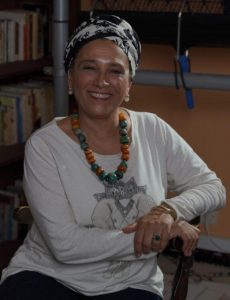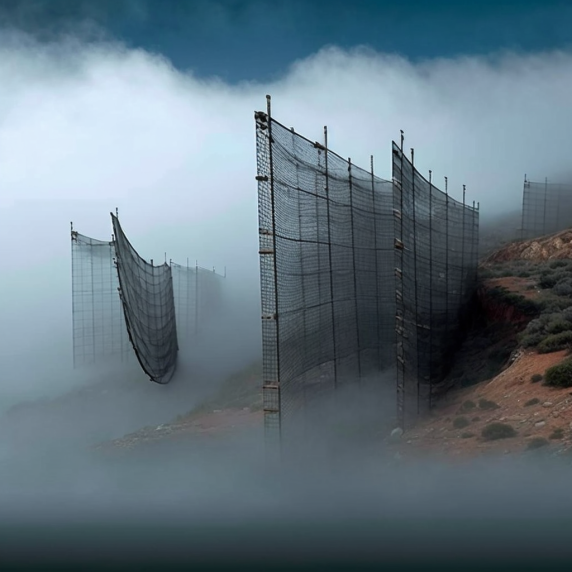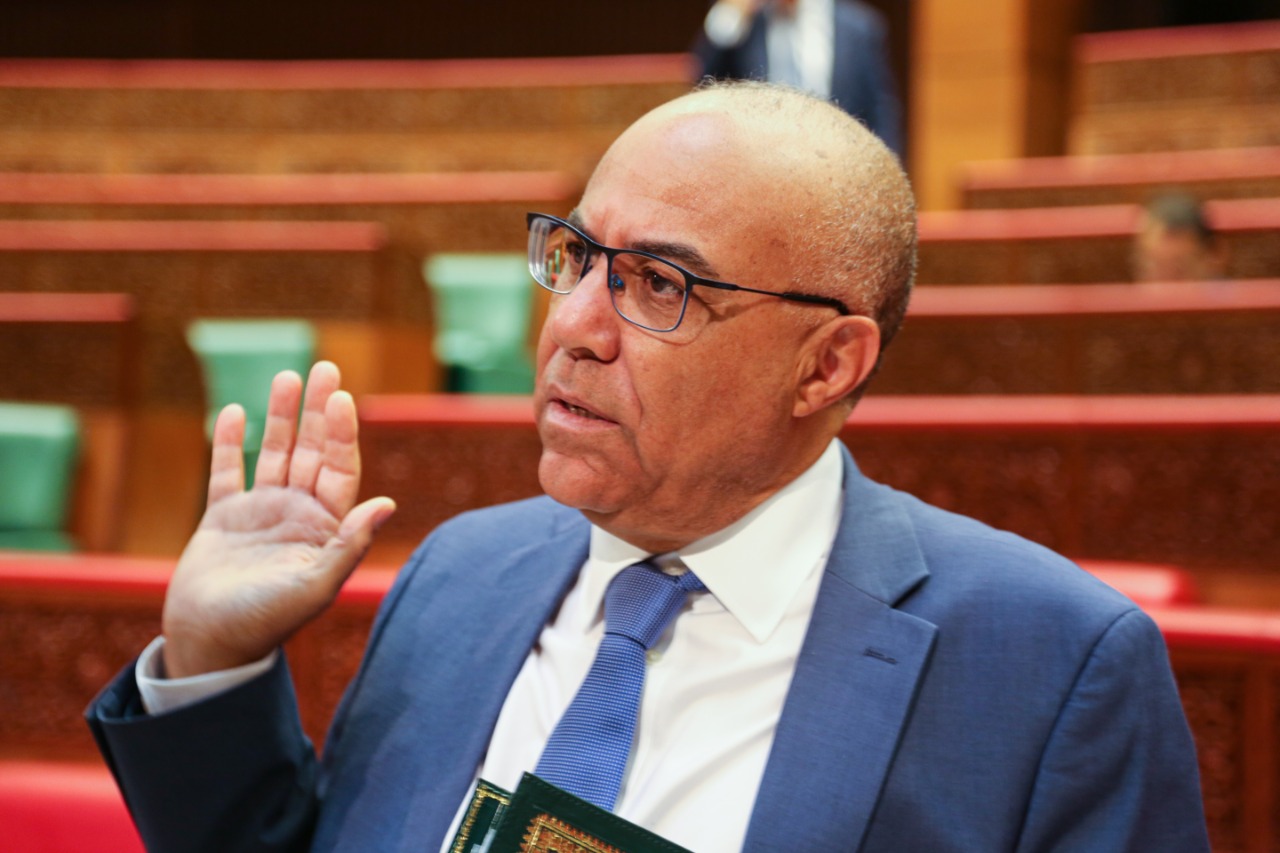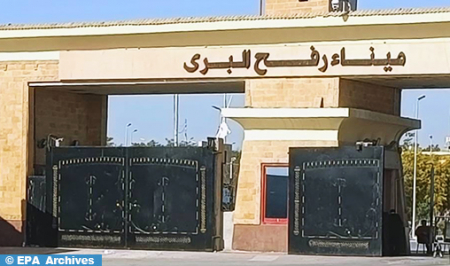The CloudFisher technology is a fog-harvesting system that extracts clean water from fog using specialized nets.
The CloudFisher consists of a fine-mesh net suspended within a steel frame. It's held in place by a series of rubber expanders that also attach it to the collector at its base. The expanders create a gap between the net and the collector. It allows water droplets to flow down into a gutter and then into a storage tank.
The CloudFisher is designed to withstand wind speeds of up to 120 km/h. It can produce between 36 and 126 liters of water per day per module, depending on the region and the season.
The technology is simple to install and maintain, requiring no energy, and all used materials are food-safe.
CloudFisher technology can be used in all arid mountainous and coastal regions that have long periods of foggy weather. The water obtained through this cost-effective method can be used by farmers, for reforestation projects, or in industry.
What is "Drinking fog" technology and how is it used in Moroccan regions which suffers from dryness ?
"Drinking fog" technology, also known as "Fog Harvesting", is a method of extracting water from fog using specialized nets called CloudFishers."
This technology has been implemented in Morocco, where it is used to supply water to regions that suffer from dryness.
The CloudFisher is designed by Peter Trautwein and developed by the German Water Foundation.
Key features of the CloudFisher.
✓Fog Collection: The CloudFisher uses atmospheric water vapor as a new source of drinking water. It consists of catching and harvesting water droplets in the air. ✓Wind Resistance: It is the world's first production fog collector capable of withstanding wind speeds of up to 120 km/h. ✓Water Yield: Depending on the region and the season, the CloudFisher can produce between 36 and 126 liters of water per day per module (net surface: 9 m²). ✓Ease of Installation and Maintenance: The CloudFisher is simple to install and maintain, requiring no energy, and all used materials are food-safe.
The CloudFisher can be used in all arid mountainous and coastal regions that have long periods of foggy weather. The water obtained through this cost-effective method can be used by farmers, for reforestation projects, or in industry.
https://youtu.be/0F7CQMd6mQ4?si=wbpNryt3tVxnrDTUIn Morocco, the CloudFisher has been implemented in the Anti-Atlas mountains (Ait Baamrane), where poor access to drinking water is a serious problem for local communities.
What is the cost of implementing CloudFisher technology ?
The cost of implementing CloudFisher technology varies depending on the size and yield required. According to FogQuest, a simple 40 m² fog collector costs about 15.000 MAD. Such collector may produce an average of about 200 liters of water per day. A 54 m² CloudFisher, like the one in Morocco, produces an average yield of about 1,200 liters of water per fog day. Its cost is about 120.000 MAD. The CloudFisher is manufactured and sold by Aqualonis and delivered worldwide. The installation pricing for a CloudFisher project includes site evaluation for optimal net placement, pouring concrete foundations, setting up the metal frame and nets, and other necessary steps. The CloudFisher technology, which is a fog-harvesting system, has a lifespan of many years. The CloudFisher nets, made from special three-dimensional textile fabric. It can draw up to 1,000 liters of water from the air on a misty day and have a lifespan of around ten years. The steel support of the CloudFisher has a lifespan ranging from 50 to 100 years. But the fabric and support mesh last for 10 to 20 years.
Summary:
This makes the CloudFisher a durable and sustainable solution for providing clean drinking water. The maintenance requirements for CloudFisher technology are cost-effective. So, the technology is designed to be simple to install and maintain, requiring no energy, and all used materials are food-safe.
This suggests that the maintenance requirements may be relatively low compared to other water harvesting systems. Some key aspects of CloudFisher technology that contribute to its ease of maintenance include: ✓Durable Materials: The CloudFisher nets are made from a specialized mono-fiber, and the steel support has a lifespan ranging from 50 to 100 years, while the fabric and support mesh last for 10 to 20 years. ✓Easy Assembly: The CloudFisher is designed with easy assembly in mind, which can help reduce maintenance costs and time. ✓Low Energy Consumption: The technology requires no energy input, which further simplifies maintenance. Overall, the CloudFisher technology appears to be a low-maintenance solution for providing clean drinking water in foggy coastal or mountainous regions.
Who is Jamila Bargach the founder of Dar Si Hmad ?

Jamila Bargach is the co-founder and Executive Director of Dar Si Hmad, a Moroccan NGO since 2010. She is an activist and scholar who has dedicated her life to serving under-resourced communities in Morocco. She is also the co-founder of the largest fog harvesting project globally, which is run by Dar Si Hmad. Bargach's work focuses on enabling sustainable livelihoods and creating opportunities for low-resource communities in Morocco. She has been recognized for her work with numerous awards. She won the Goldman Environmental Prize in 2018. Jamila Bargach has been involved in various projects and initiatives throughout her career.
Some of Dr Jamila Bargach's involvements
✓Dar Si Hmad: Co-founder and Executive Director of Dar Si Hmad, a Moroccan NGO since 2010. Dar Si Hmad's fog harvesting project is the world's largest fog collection and distribution system. ✓Fog Harvesting Project: Bargach leads a large-scale project in south-western Morocco to collect water from fog using the CloudFisher technology. ✓Environmental and Education Initiatives: Bargach manages various environmental and education initiatives in the Southwestern region of Morocco. ✓PhD in Cultural Anthropology: Bargach holds a PhD in Cultural Anthropology from Rice University. ✓Teaching: She currently teaches at the National School of Architecture in Agadir, Morocco. ✓Oak Institute for Human Rights: Bargach was a 2019 Fall Oak Fellow at the Oak Institute for Human Rights. ✓Niassa Carnivore Project & Mariri Investimentos: Co-founder and Co-Director of the Niassa Carnivore Project and Mariri Investimentos.
The Niassa Carnivore Project is a conservation initiative focused on the protection of carnivores and their habitats in Niassa National Reserve, Mozambique. Jamila Bargach is involved as the co-founder and co-director of the Niassa Carnivore Project. Her work in this project demonstrates her commitment to environmental conservation and sustainable development.
By Mohammed Amili





لا توجد تعليقات:
للأسف، لا توجد تعليقات متاحة على هذا الخبر حاليًا.
أضف تعليقك